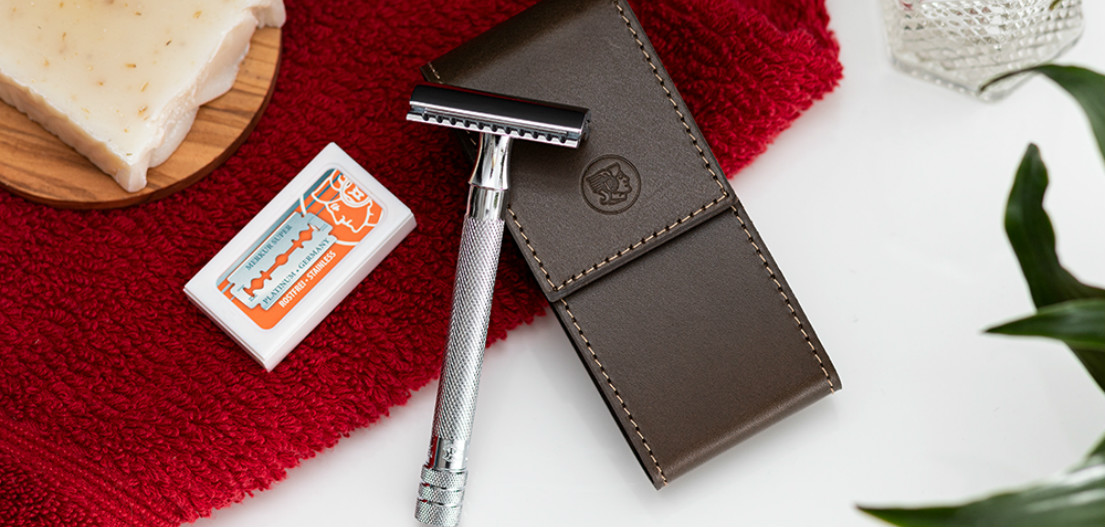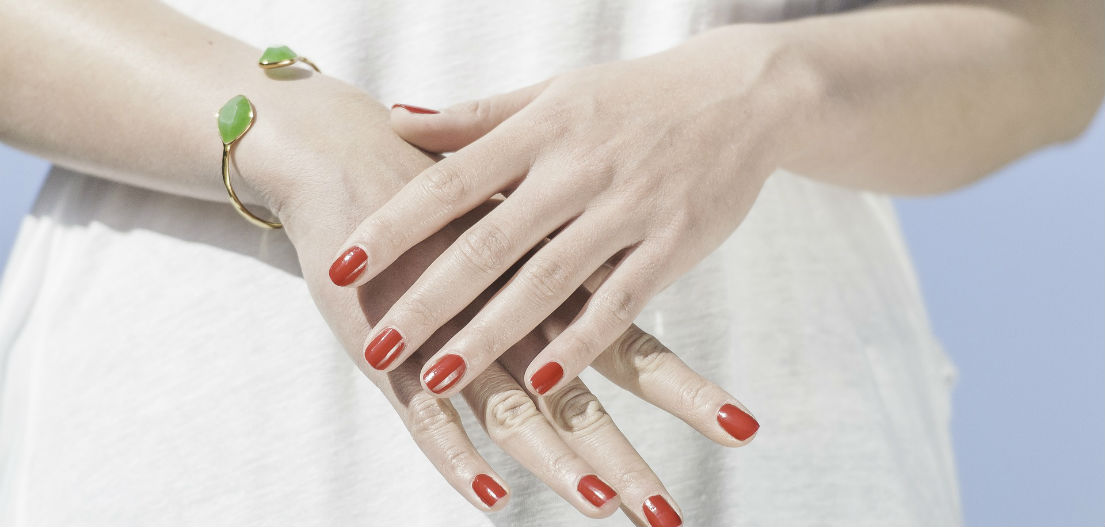Even though men have been shaving their faces with blades for thousands of years, the straight razor is more modern than ever. It can look back on a longer development history than almost all objects that you encounter in everyday life.
We will now take a closer look at how this endless evolution produced the perfect shaving tool:
Every beginning is hard
To understand why razors have existed for over 5000 years, we need to take a look behind the scenes of world history. Let’s start from the beginning:
Shark teeth and cobwebs?
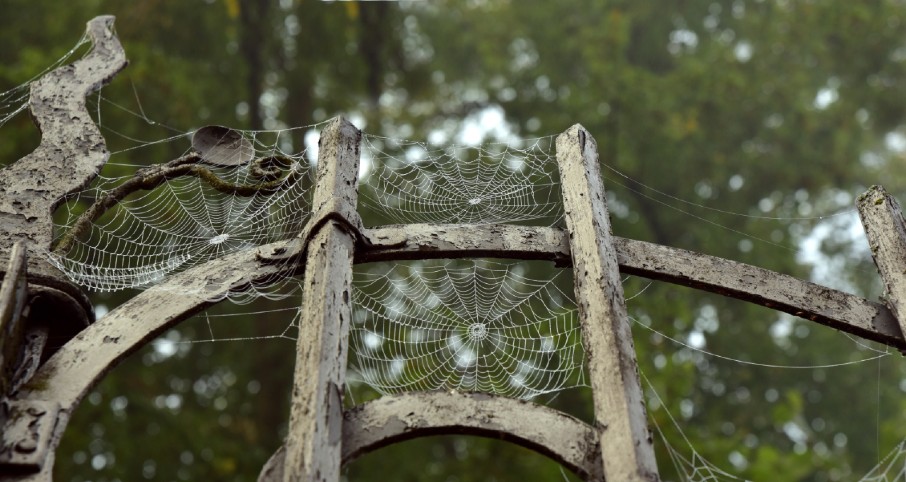
Archaeological finds prove that men always took care of their facial hair.
At that time there was of course not yet the luxury of a DOVO BARBAROSSA, so the men in the early years had to resort to sharp shells and shark teeth. Very masculine. Sharp tools made of flint or obsidian were also used to scrape off the hair.
3000 years ago in the Bronze Age, the first metal razors occurred and were used for shaving. The style-conscious Egyptian used ax-like razor made of copper or gold to fight their facial hair.
Shaving was also common in ancient Rome. On the one hand, the first shave of a young man was considered a religious ritual of growing up, on the other hand, the barber profession already existed there. In Pompeii, there were also elaborately decorated folding razors, which were probably created as precious family heirlooms.
Since the poor Romans could of course not read our blog about the correct way of shaving, they probably cut themselves here and there while shaving. These injuries were treated with cobwebs. It sounds strange at first sight but is actually being examined again in modern medicine.
Monks and Louis XIV

In the Middle Ages, the members of the clergy were very interested in shaving their hair and beard. Most of the popes even shaved their beard completely. Back then, the pilgrims would have been bad customers for us: They didn’t shave at all or cared about their hair and nails. If you are not on a religious pilgrimage, we will tell you how to take care of your manicure here.
In the early modern period, razor production was already at a very high level. The blades were wedge-shaped, broad at the tip and tapered towards the tang. When fashion god Louis XIV shaved, people even spoke of the demise of the beard in the West. The invention of the hard and pure cast steel made razors so user-friendly that even self-shaving became very popular again.
Perfection
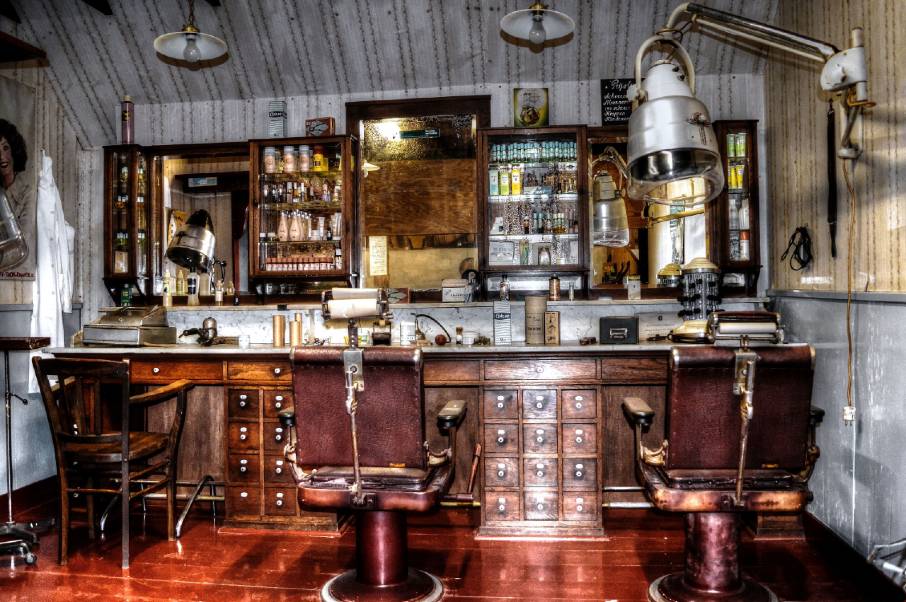
With the invention of the Silver Steel, the 19th century goes down in history as the golden era of the straight razor. Blades from Sheffield and Solingen were particularly in demand. The first hollow grinds can be seen by 1825 and the shape of the razors was very similar to what you can still buy today.
Towards the end of the 19th century, straight razor production was largely industrialized and was no longer purely manual.
The beginning of the 20th century was an absolute key date for us in Solingen because the company DOVO was founded in 1906. We have explained our company history in more detail here.
Sadly, the First World War was responsible for the fact that shaving was not only fashionable but even essential for survival at that time. So that the soldiers could survive the gruesome gas attacks in the trench warfare, it was essential to guarantee the secure fit of the gas mask with a shaved face. For this reason safety razors became very popular among the population. Straight razors with interchangeable blades, similar to our Shavette, were now on the market.
The use of straight razors at barbershops tended to decrease. On the one hand, gentleman´s hairderessers were no longer as widespread in the following decades as before, and on the other hand, the straight razor no longer corresponded to the zeitgeist in terms of hygiene. In barbershops, it was common for several men to be shaved with the same straight razor, which is not ideal from today’s perspective on hygiene.
The invention of the dry shaver and the cartridge razor also had a very negative effect.
Quo Vadis?
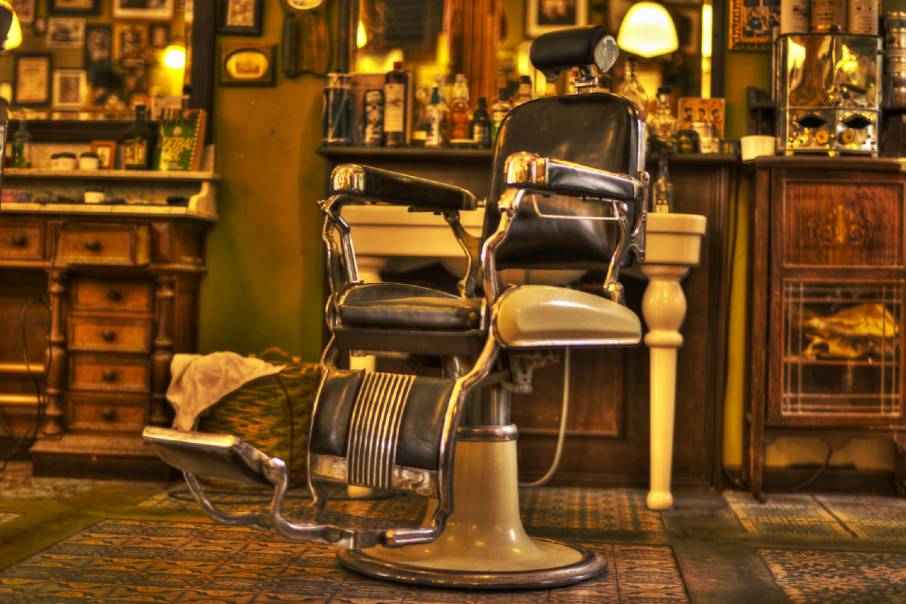
Especially in recent years, the straight razor gained in popularity again:
A well-groomed beard is being welcomed today and also makes many women’s hearts beat faster. Anchoring the beard in fashion goes hand in hand with the return of the barber trade. There is hardly anything better than having a skilled barber take care of your face thoroughly, smelling the leather of the strop, distributing beneficial tonics in your hair and feeling your soft, well-shaved skin. If you learn how to use the straight razor properly, you can experience this beauty spa in the luxury of your own four walls – every day.
In our opinion, the continuing “retro” or “vintage” trend also demonstrates exactly one wonderful thing: people are keen to discover old crafts again. No matter if it is a classic car, vintage watch or the millennia-old art of shaving with a straight razor.
But let’s not lose sight of the most important thing: Straight razors still offer the most thorough shave to this day. No other form of shaving removes your facial hair as gently and thoroughly while being very soft to your skin. Especially as a bearded man, you can not avoid the straight razor if you want to impress yourself and the world around you with millimeter-accurate and well-groomed beard lines. As you have just read, several thousand years of experience have gone into the development of the straight razor, which has made the straight razor exactly what it is today: the perfect tool and essential for your beard.
Make the history of the straight razor your tradition and choose the traditional shaving instrument. Be part of the reason why people will still compose literature about straight razors from Solingen in 1000 years from now.



